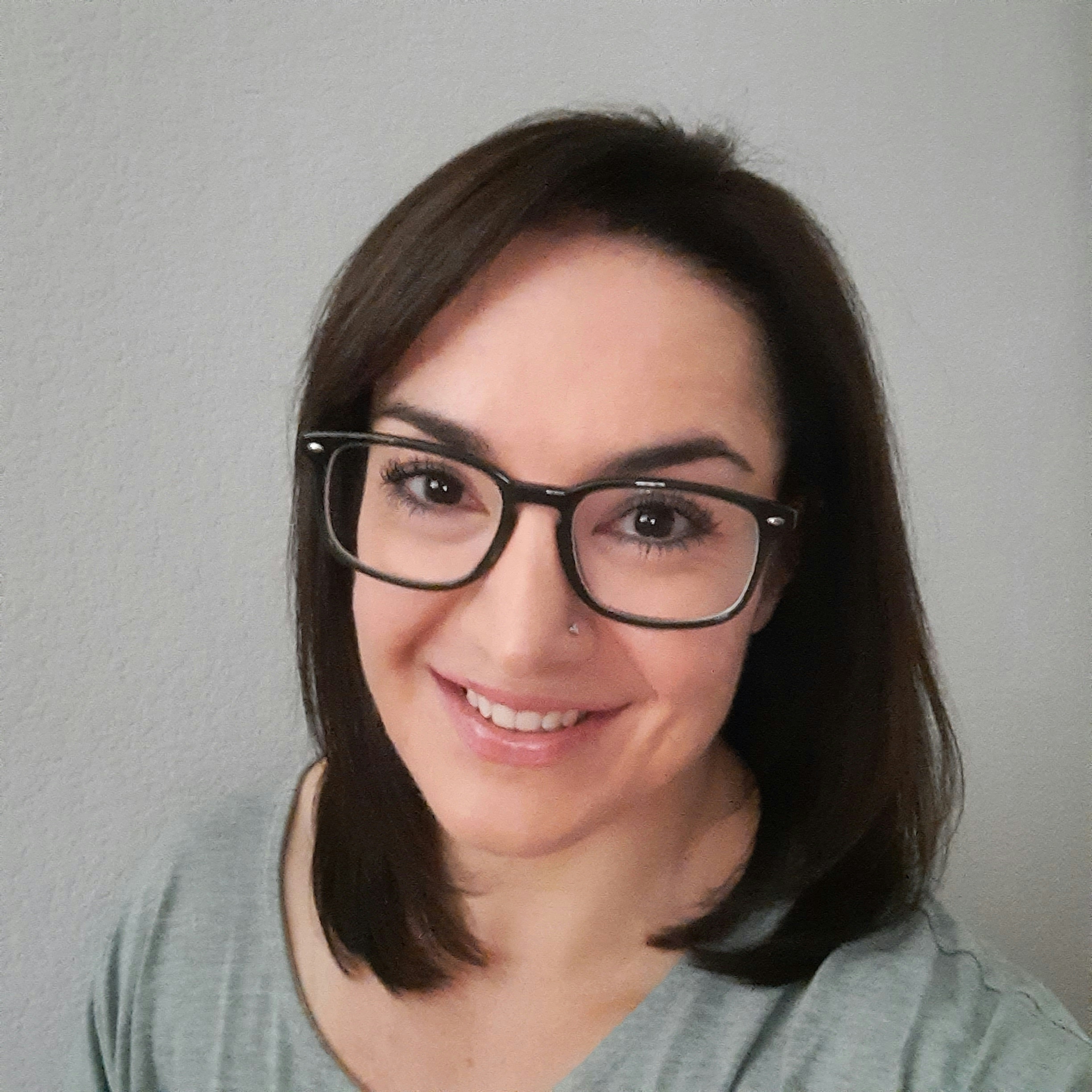BDD is often overlooked and undiagnosed. Individuals who experience BDD are often overwhelmed with feelings of shame and embarrassment and find it challenging to reach out to mental health professionals and discuss their thoughts and preoccupations. Unless clinicians use specific screening tools, such as the *Body Dysmorphic Disorder Questionnaire (BDDQ) or the Body Image Disturbance Questionnaire (BIDQ), they may mistake BDD for other conditions such as depression, OCD, or social anxiety, which may result in delayed treatment.[1][2]
Similar questionnaires, such as the Cosmetic Procedures Screening (COPS) for BDD, may also be used before surgical cosmetic procedures to determine whether a referral is necessary or after a procedure to measure improvements in BDD symptoms.[3]
Additionally, the DSM provides specific criteria to assist clinicians in identifying cases of BDD. One criterion emphasizes the importance of differentiating between BDD and eating disorders, so if a patient’s primary concern revolves around their body weight, the possibility of an eating disorder should be considered instead.[4]
Other diagnostic tools are designed to identify subgroups of body dysmorphic disorder (e.g., muscle dysmorphia) and to measure an individual’s level of insight regarding their perceived defects.


